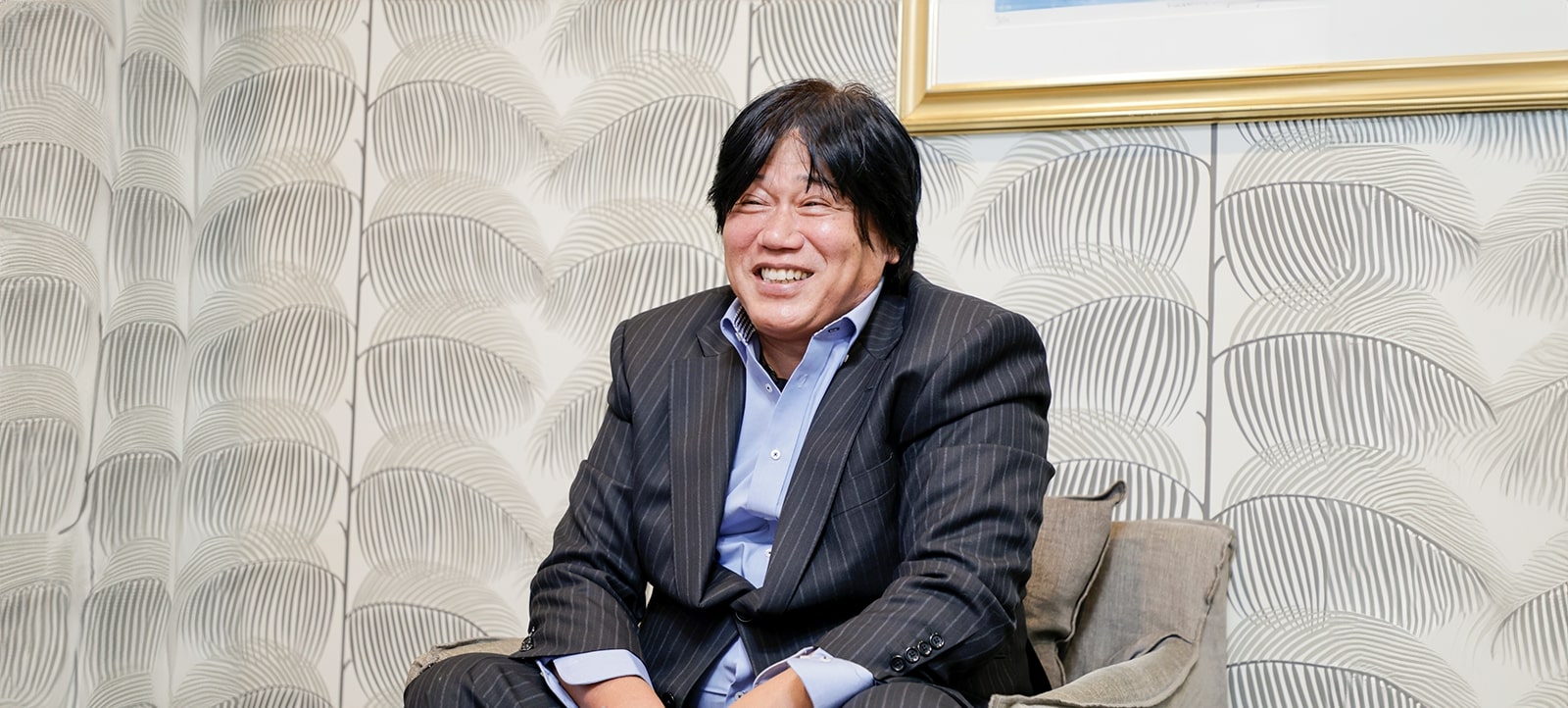My History
Our company is engaged in archaeological excavations and the documentation of buried cultural properties, undertaking both public projects and private contracts. Our work extends beyond excavation; we actively participate in outreach initiatives by offering community courses and conducting lessons in elementary and junior high schools. During our archaeological efforts, we prioritize thoroughness and aim to gather as much information as possible within time constraints. Since our work involves recording and preserving data for future generations, we take great pride in our daily contributions. Japan's standards for archaeological excavation are impressive on a global scale. However, it is unfortunate that many people are unaware of the significant activities taking place at numerous sites across the country each year. Japan’s rich history and culture are invaluable treasures that deserve recognition both domestically and internationally. To raise awareness, we have participated in events such as the International Council of Museums (ICOM) in Kyoto.
Reflecting on my journey, my fascination with buried cultural properties and archaeology began in childhood. Growing up in an area rich in archaeological sites, I was constantly surrounded by artifacts. As housing developments occurred, many buried relics were unearthed, making them visible all around me. Collecting these artifacts by the bucketful was my first real encounter with archaeology. Later, I pursued a degree in sociology at university and briefly stepped away from archaeology to work as a teacher. However, my passion for archaeological sites never faded, prompting me to use my public service background to conduct archaeological excavations at the Ibaraki Prefectural Education Foundation.
The Present
My deep interest in archaeological sites makes me acutely aware of the challenges we currently face. For instance, excavations at World Heritage sites have often prioritized research and preservation. Unfortunately, conducting thorough investigations requires significant funding, and relying solely on public projects has proven insufficient. A major issue is that excavated sites typically do not generate revenue, leading us to focus primarily on transforming these sites into tourist attractions. While developed nations frequently apply for World Heritage status, many developing countries are reluctant to pursue such designations. This hesitation often stems from the belief that being classified as a World Heritage site can hinder economic development. Given that both excavation and preservation require funding, developing countries—facing numerous pressing challenges—often lack the resources needed to initiate archaeological excavations.
To secure funding for excavation studies from national budgets, simply advocating for "protecting and preserving cultural heritage" often falls short. Therefore, a key challenge is the creation of "hub sites" that integrate these archaeological locations. As specialists in the excavation of buried cultural properties, we would like to put forward several proposals. First, the government could seek financial support from foreign companies for the excavation and preservation of archaeological sites. In exchange, these companies could be offered incentives such as tax breaks. This strategy could establish a cycle in which the government builds a robust economic foundation while returning profits to citizens. As new economic zones emerge globally, we can anticipate an increase in economic and cultural exchanges. We believe that fostering such positive cycles will ultimately enhance the quality of our excavation studies and the preservation of archaeological sites.
For the Future
Our vision goes beyond just establishing a positive cycle between archaeological sites and the economy. While these sites are a testament to our past, it is essential to look forward and ensure their preservation for future generations. For this reason, we propose integrating archaeological sites with virtual environments, such as the metaverse.
From an economic perspective, cryptocurrencies are poised to play a crucial role in the metaverse. The market for cryptocurrencies like Bitcoin and Ethereum is expanding rapidly, with forecasts suggesting that several South American countries will soon adopt Bitcoin as legal tender. El Salvador has already made this move, officially recognizing Bitcoin as a currency. Utilizing the metaverse is a logical step for establishing a new economic framework.
To illustrate potential economic activities, let’s take Egypt as an example. The country is abundant in ancient sites, and the expenses related to excavation are often funded by various nations, not just Egypt itself. While this support has made Egypt a popular tourist destination, it has yet to establish itself as an economic powerhouse.
However, if Egypt were to establish economic zones that offer financial incentives to companies investing in site preservation, the landscape could shift dramatically. For instance, by creating a virtual representation of the pyramids—a UNESCO World Heritage site—in the metaverse, businesses could operate in that space, generating economic activity. This would lead to job creation, allowing participation from people around the globe in this virtual environment. This model not only stimulates economic growth but also expands access to business opportunities, ensuring they are available more equitably beyond major urban centers. Moreover, as the metaverse continues to gain traction, it could foster real-world tourism and infrastructure development. With increased economic activity in both the metaverse and the physical realm, we could allocate more resources for the protection and maintenance of our archaeological sites.
Connecting archaeological sites to contemporary society involves bridging the past, present, and future. I believe that examining the relationship between site preservation and the economy will yield valuable insights into their significance as we move forward. We aim to bring together others who share our vision for preserving archaeological sites through the metaverse, and we look forward to making this dream a reality one day.
